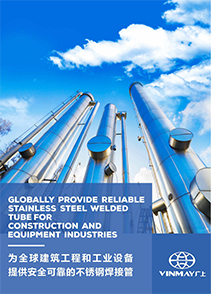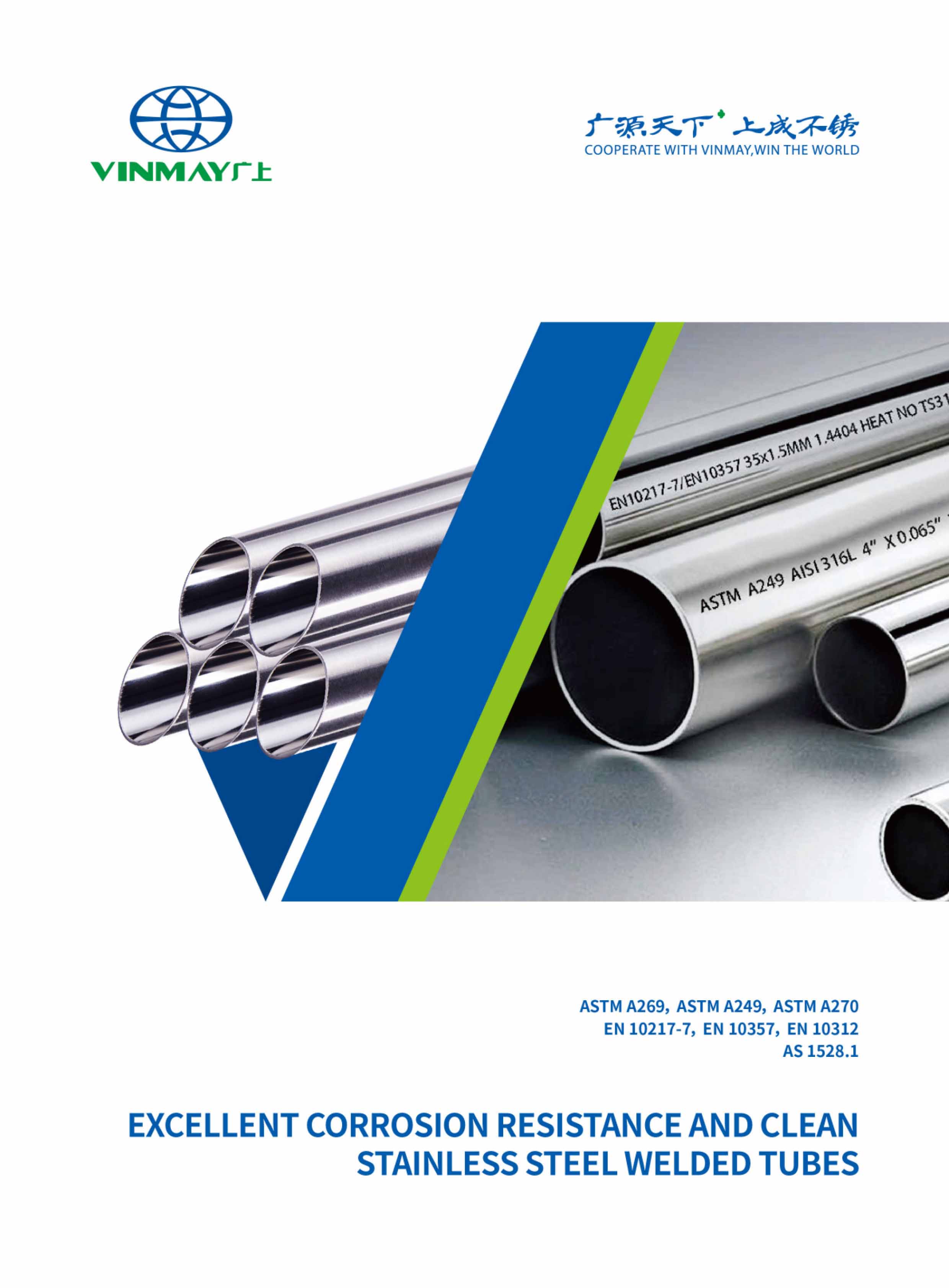In evaluating the merits of stainless steel versus PVC pipes, one must consider a multitude of factors that extend beyond mere cost and availability. Both materials possess distinct characteristics that make them suitable for specific applications, yet the choice often hinges on understanding their unique properties and performance under varied conditions. Stainless steel offers unparalleled strength and resistance to harsh environments, whereas PVC provides an economical and lightweight alternative for less demanding uses. The decision becomes more intricate when factoring in installation methods, longevity, and maintenance, suggesting that there is more to uncover in this nuanced comparison.
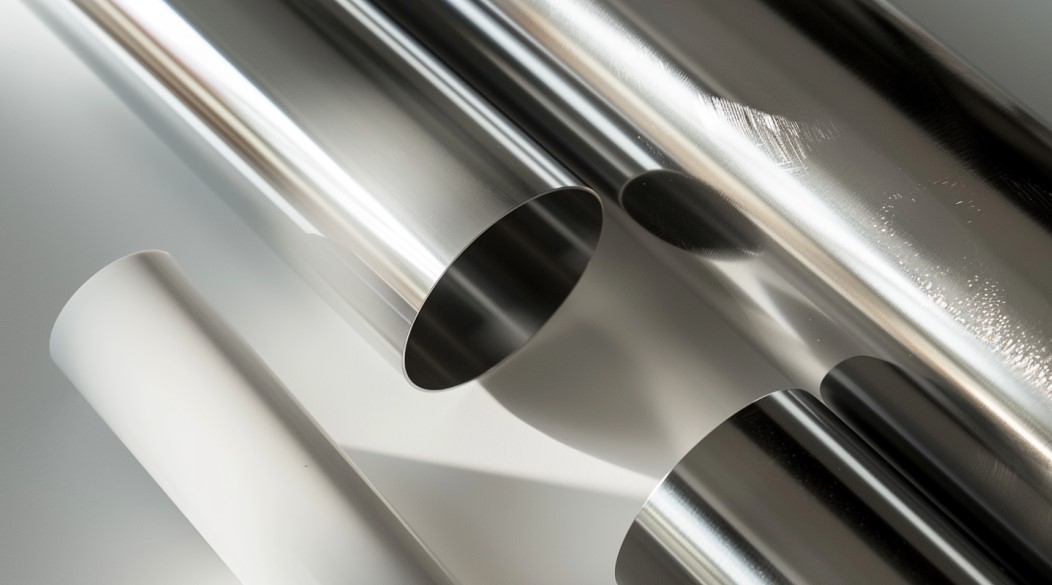
In the domain of piping materials, understanding the composition and inherent properties of stainless steel and PVC is vital for selecting a suitable option for specific applications. Stainless steel pipes are composed of an iron alloy integrated with chromium, nickel, and other elements that improve corrosion resistance and mechanical strength. These properties make stainless steel an excellent choice for demanding environments with corrosive agents or high-temperature conditions. Common grades such as 304 and 316 stainless steel are frequently used due to their outstanding performance characteristics, including superior temperature tolerance.
On the other hand, PVC pipes, made from polyvinyl chloride, are known for their lightweight nature, ease of installation, and inherent corrosion resistance. This synthetic plastic polymer is particularly beneficial in applications where flexibility and non-reactivity with certain chemicals are needed. Additionally, variants like uPVC (unplasticized) and cPVC (chlorinated) offer tailored features for specific needs, such as enhanced temperature tolerance in the latter.
When evaluating these materials, it is essential to take into account the specific requirements of the intended application, including chemical exposure, temperature ranges, and installation constraints. A thorough understanding of these compositions facilitates informed decision-making, ensuring the best performance and longevity of the piping system.
Stainless steel's exceptional durability and mechanical strength make it a preferred choice for applications requiring robust material performance. Its ability to withstand heavy loads and significant impacts positions it as an ideal candidate for high-pressure and industrial applications. Stainless steel's mechanical properties provide a distinct advantage, ensuring longevity and reliability in demanding environments. This material's resilience is further highlighted by its ability to maintain structural integrity under extreme conditions, thus reducing the potential for failure and maintenance requirements.
In contrast, PVC exhibits a lower mechanical strength, making it suitable primarily for light-duty applications such as residential plumbing and drainage systems. While PVC is cost-effective and easier to handle due to its lightweight nature, its mechanical limitations restrict its use in high-stress scenarios. The material's brittleness over time and susceptibility to UV exposure should be carefully considered when selecting PVC for long-term installations.
Stainless Steel:
PVC:
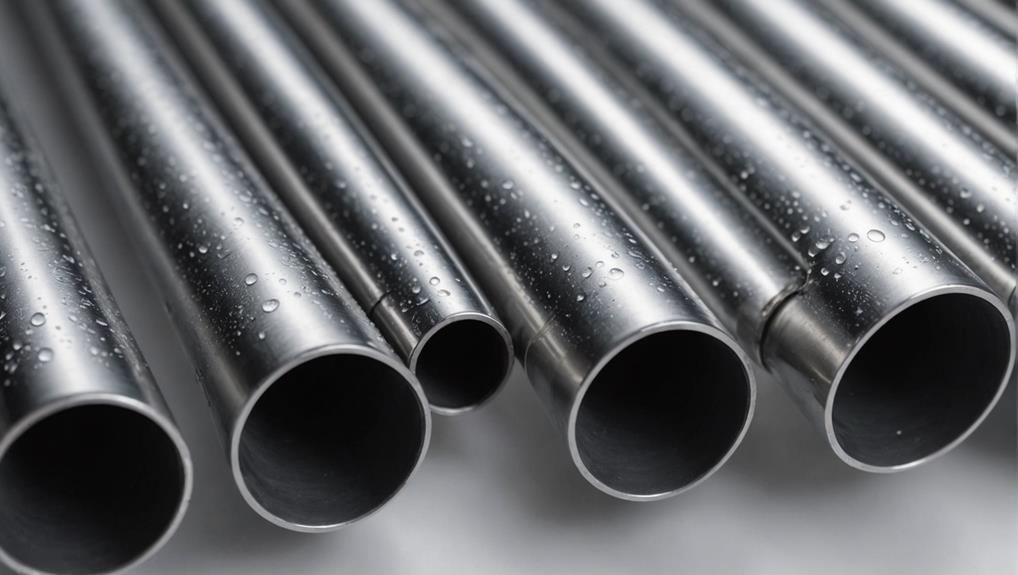
The exceptional durability and mechanical strength of materials often determine their suitability for various applications, and this is closely linked to their temperature and pressure tolerance. Stainless steel presents a superior profile in these areas, withstanding temperatures as high as 450°F and pressures up to 7815 PSI. Its performance in extreme conditions makes it a preferred choice for high-temperature and high-pressure environments, such as industrial piping systems and hot water applications. Its mechanical strength guarantees its reliability and integrity in demanding scenarios, providing users with confidence in its long-term performance.
Conversely, PVC pipes, with a temperature tolerance up to 140°F and pressure ratings reaching 1230 PSI, are best suited for low to moderate temperature and pressure applications. PVC's performance can be compromised at higher temperatures where it may warp or degrade, restricting its usage in hot water systems.
Despite these limitations, PVC remains an effective solution for applications requiring moderate performance parameters due to its cost-effectiveness and ease of installation. The decision between stainless steel and PVC should take into account the specific temperature and pressure requirements of the application, balancing performance needs with budgetary constraints and installation considerations.
A critical consideration in selecting piping materials is their corrosion resistance and chemical compatibility, which directly impacts their longevity and performance in various environments. Stainless steel pipes are renowned for their exceptional corrosion resistance, particularly in moist, acidic, or salty conditions, making them ideal for use in food processing, pharmaceuticals, and marine applications. Their ability to withstand these harsh environments is attributed to their unique composition, primarily consisting of iron, chromium, and nickel. This composition creates a passive film of chromium oxide on the surface, effectively preventing further corrosion.
Conversely, PVC pipes demonstrate high resistance to corrosion and are suitable for transporting chemicals and managing waste. However, they are susceptible to degradation when exposed to certain chemicals and prolonged UV exposure. This necessitates a careful assessment of chemical compatibility before utilization.
Key considerations for corrosion resistance and chemical compatibility include:
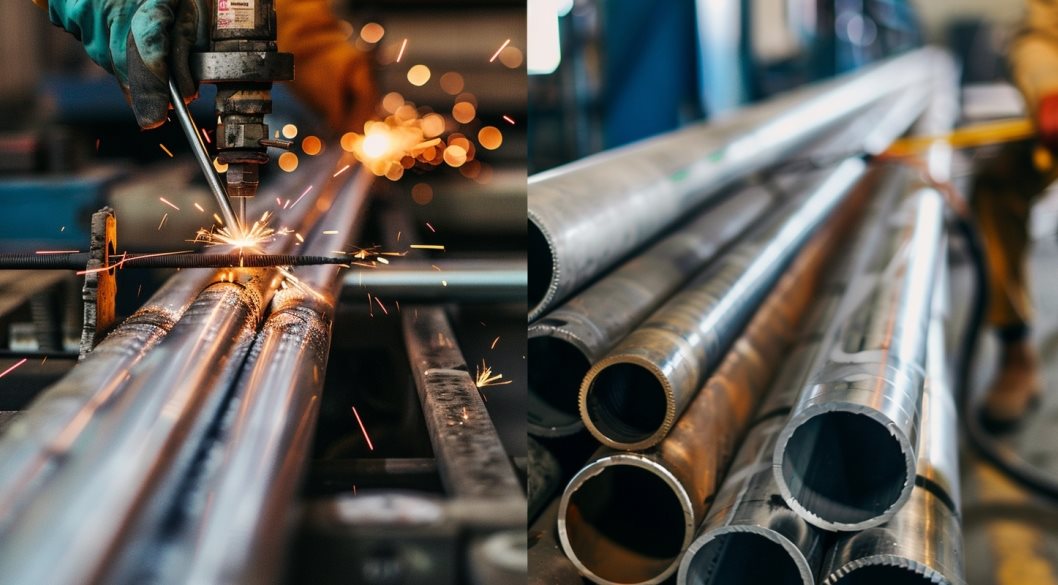
Installation and joining techniques for piping systems are integral to their overall performance and longevity. In the domain of stainless steel and PVC pipes, distinct methodologies and considerations govern their assembly.
Stainless steel pipes necessitate skilled labor due to the complexities involved in welding or threading. The requirement for specialized tools and expertise inherently increases the installation costs. This complexity, however, is offset by the resultant strong, durable joints which are essential for high-pressure and high-temperature applications.
Conversely, PVC pipes offer a more accessible and efficient installation process. Employing solvent welding, gluing, or mechanical joining, PVC piping is suitable for DIY projects, notably reducing labor costs. This ease of installation stems from PVC's inherent flexibility and lightweight nature, allowing for rapid deployment without the need for specialized tools or extensive training.
The selection of the appropriate joining technique should consider the specific application requirements, including pressure and temperature conditions, as well as the desired lifespan of the piping system. Ultimately, the choice between stainless steel and PVC for piping installations hinges on a balance between upfront installation complexity and long-term performance benefits. Each material's installation approach plays a critical role in determining its suitability for particular applications.
When considering the financial aspects of piping materials, stainless steel and PVC present distinct cost profiles that merit careful evaluation. Stainless steel, renowned for its durability and low maintenance requirements, comes with a higher initial expenditure. This includes costs associated with both the material itself and the labor required for its installation. However, the investment in stainless steel can be justified by its long-term benefits, including an extended service life and fewer replacement needs. This makes it an ideal choice for environments demanding high reliability over extended periods.
In contrast, PVC offers a budget-friendly alternative with lower upfront costs. This makes it an attractive option for projects with immediate financial constraints. However, users must consider potential long-term expenses, as PVC may necessitate more frequent maintenance or replacement, depending on the application.
Stainless Steel:
PVC:
Ultimately, the decision between stainless steel and PVC should factor in both initial budget constraints and long-term financial implications, aligning with the project's specific requirements and lifespan expectations.
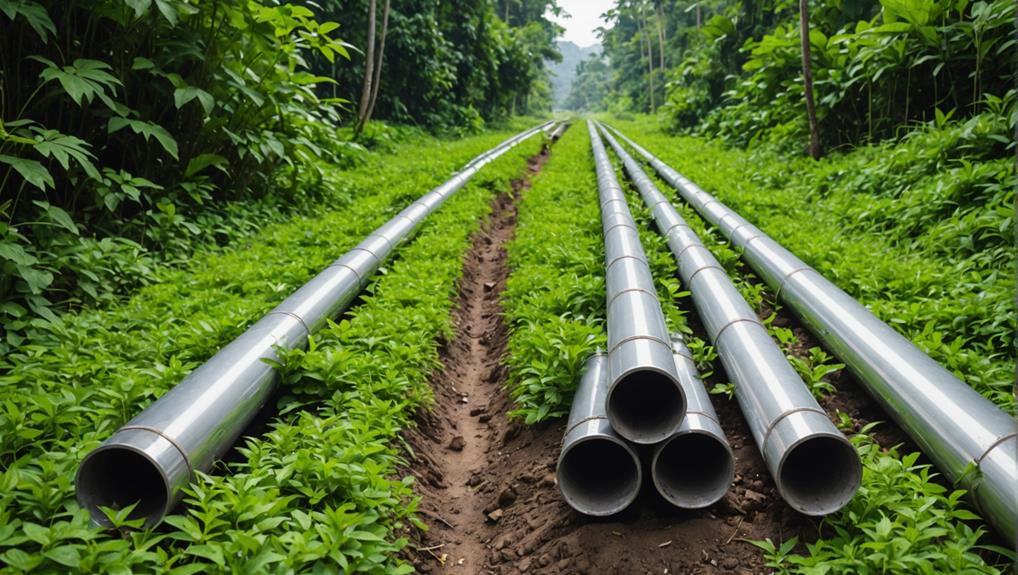
Evaluating the financial implications of choosing between stainless steel and PVC pipes goes beyond immediate costs, leading into considerations of environmental impact and sustainability. Stainless steel stands out as an environmentally favorable option due to its inherent recyclability, contributing to reduced waste over its extended service life. Its durability guarantees minimal replacement needs, further lessening environmental strain. However, the production of stainless steel is energy-intensive, which could counterbalance some of its environmental benefits. The energy demands during manufacturing require a thorough assessment of the ecological footprint before selection.
In contrast, PVC pipes present challenges in environmental sustainability. Derived from non-renewable petroleum products, PVC production and disposal can release toxic substances, posing a significant environmental risk. The recycling process for PVC is intricate and not widely practiced, leading to increased landfill contributions. Despite its cost-effectiveness and ease of installation, the environmental drawbacks of PVC require careful consideration, especially in projects prioritizing sustainability.
Ultimately, the decision between stainless steel and PVC should incorporate a detailed evaluation of environmental impact, balancing immediate project requirements against long-term ecological responsibilities. Such an approach ensures well-informed decision-making aligned with sustainability goals.
The acoustic characteristics of piping materials can greatly influence the overall noise levels in plumbing systems. Stainless steel pipes, due to their metallic structure, tend to transmit noise when water flows through them. This is attributed to the metal's inherent resonance properties. Consequently, additional insulation may be necessary to mitigate these acoustic disturbances, especially in settings where noise reduction is essential. Insulation materials, such as acoustic foam or rubber, can be applied to stainless steel pipes to dampen sound transmission effectively.
Conversely, PVC pipes naturally offer quieter operation because of the plastic's sound-dampening attributes. This makes PVC an advantageous choice in residential settings where minimizing noise is a priority. The inherent characteristics of PVC reduce sound transmission, contributing to a more peaceful environment.
Key considerations for noise and insulation in piping systems include:
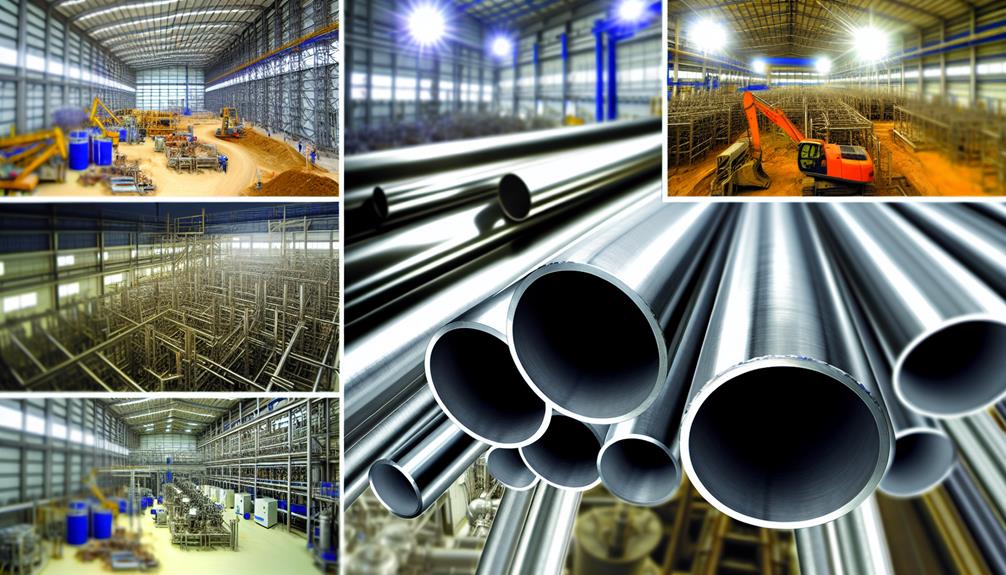
In selecting appropriate piping materials for specific applications, the distinct properties of stainless steel and PVC pipes must be carefully considered. Stainless steel is mainly utilized in heavy-duty industrial applications, including oil, gas, and chemical plants, due to its superior mechanical strength, high-pressure tolerance, and temperature resilience. It is also a preferred choice for plumbing in commercial buildings, fire suppression systems, and other high-pressure systems where durability and performance under extreme conditions are paramount.
Conversely, PVC pipes find their niche in residential plumbing, drainage systems, and irrigation, where the demands on pressure and temperature are relatively modest. Their non-corrosive nature and chemical resistance make them suitable for electrical conduit applications and underground piping in low-pressure systems.
The lightweight and flexible characteristics of PVC facilitate easier installation and cost-effectiveness, making it an attractive option for budget-conscious projects without compromising on essential performance attributes.
Ultimately, the decision between stainless steel and PVC should be informed by a thorough analysis of the environmental conditions, pressure and temperature requirements, and the specific application needs. Understanding these factors ensures that the chosen material aligns with the operational demands and long-term objectives of the project.
Considering the applications and environmental conditions where stainless steel and PVC pipes are utilized, understanding their service life and maintenance requirements becomes imperative. Stainless steel pipes, well-known for their exceptional durability, offer an extended service life with minimal maintenance needs, attributed to their inherent resistance to corrosion and extreme temperatures.
In contrast, PVC pipes, while cost-effective and easy to install, exhibit a relatively shorter service life, particularly when exposed to harsh environmental conditions. This susceptibility necessitates more frequent inspections and maintenance to ensure peak performance.
Key factors influencing service life and maintenance include:
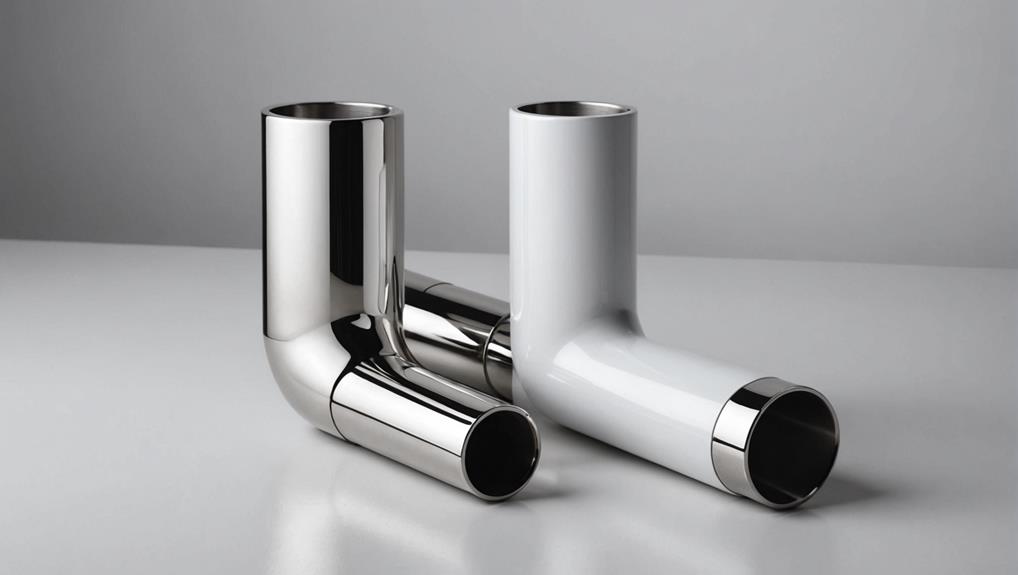
When choosing between stainless steel and PVC pipes, one must carefully analyze the specific requirements of the intended application. For industrial use or harsh environments, stainless steel emerges as the superior choice due to its exceptional strength, durability, and corrosion resistance. It is particularly advantageous in high-pressure and high-temperature scenarios, ensuring structural integrity and longevity.
Conversely, PVC pipes are best suited for residential and light-duty applications, offering a cost-effective, easy-to-install solution that excels in corrosion resistance and provides quiet operation.
The decision-making process should involve a thorough analysis of factors such as pressure and temperature requirements, chemical exposure, and installation complexities. Stainless steel's ability to withstand pressures up to 7815 PSI and temperatures as low as -60°F makes it ideal for demanding industrial settings.
Meanwhile, PVC's resistance to chemicals and ease of installation make it suitable for applications with moderate demands and budgetary constraints.
To further aid decision-making, consider creating a flowchart or checklist to evaluate project needs systematically. This includes evaluating cost implications, long-term maintenance requirements, and the specific environmental conditions the piping system will face. By aligning these criteria with material properties, one can make a well-informed and strategic choice.
PVC pipes are typically available in various color options, including white, gray, and blue, each serving specific applications. Color coding aids in identifying pipe function, such as potable water, electrical conduit, or drainage systems.
Recycling feasibility of stainless steel pipes lies in their inherent material properties. Stainless steel, due to its durability and corrosion resistance, is highly recyclable. Its reclamation process efficiently recovers valuable alloys, facilitating sustainable resource management and environmental stewardship.
Stainless steel pipes require specialized cleaning methods, such as passivation, to remove contaminants and restore corrosion resistance. Regular maintenance involves using non-abrasive cleaners and soft cloths to prevent surface damage and maintain peak performance and longevity.
PVC pipe flexibility greatly eases installation in confined areas, allowing for seamless navigation around obstacles and complex layouts. This adaptability reduces the need for additional fittings, minimizes installation time, and enhances overall system efficiency in constrained spaces.
Common misconceptions include assuming PVC lacks durability and that stainless steel is infallibly corrosion-resistant. Each material has specific applications, strengths, and limitations, requiring careful selection based on environmental conditions, chemical exposure, and mechanical requirements to optimize performance.
Blog Series:
In the domain of piping systems, stainless steel emerges as a stalwart, akin to a steadfast anchor in turbulent seas, offering unmatched durability, corrosion resistance, and high-pressure tolerance, making it indispensable for industrial applications. Conversely, PVC, though more akin to a nimble sailboat, provides flexibility and ease of installation for residential use. The choice between these materials hinges on a precise evaluation of project-specific demands, balancing long-term performance with installation and maintenance considerations.
